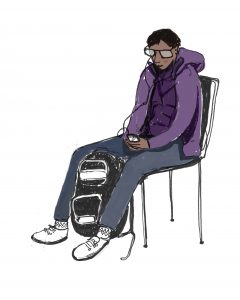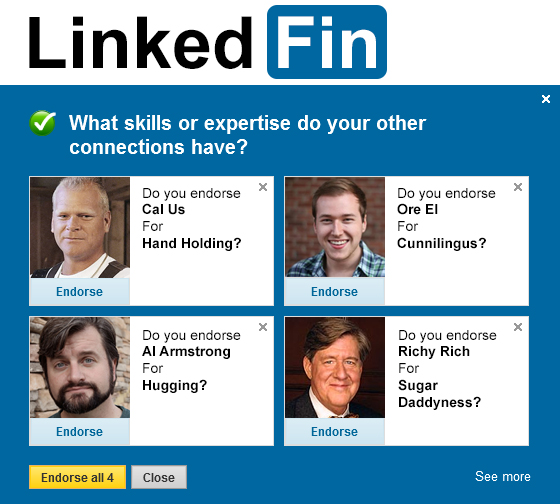
The science of pseudoproductivology
By Caroline Ho, Assistant Editor
Tired of trying to pretend you’re busy when you’re really not?
If you’ve been grappling for years with the grudging realization that feigning focus requires almost as much concerted effort as actually doing your work, your struggles may soon be over. Top researchers at the Institute for Diurnal Lassitude and Emulation (IDLE) have recently published their findings on the most effective ways to fake it ’til you make your boss stop watching over your shoulder.
IDLE’s report is an exciting new addition to the ground-breaking discipline of pseudoproductivology, the study of convincing others that you’re doing meaningful work while actually getting as little done as possible.
The Other Press spoke with pseudoproductivologist Dr. Laia Z. Ness, one of the report’s lead authors, on what she called the “super-scientific, totally legit phenomenon of Beguilingly Looking Authentically Hardworking, or BLAH.”
“It’s a time-honoured practice, especially in the corporate world. It’s right up there with making up backronyms and coming up with long, clever-sounding words with suffixes that don’t mean anything,” said Dr. Ness.
Along with the standard BuzzFeed-fodder list of practices—including typing lines of gibberish into a Word document or hastily Alt-Tabbing into one’s email inbox as soon as someone approaches—the report also analyzes the effectiveness of lesser-known manifestations of BLAH, such as using your desktop icons as a sliding block puzzle or calculating the nutritional values of elaborate recipes on WolframAlpha.
The study was conducted using self-reported answers from over 1,200 participants and promises to be 100 percent unbiased, with only a 97 percent margin of error. The study also reportedly includes dozens of pie charts that completely add to the research’s legitimacy, especially since most of the pie charts appear to be either memes or photos of actual pies.
According to Dr. Ness, this publication will have staggering consequences for society as a whole.
“This isn’t just applicable to office jobs or taking notes during lectures,” she said. “There are so many situations where it’s important to pretend you’re giving someone or something your full attention, even if you’re not. Avoiding household chores, avoiding jury duty, completely candid accidental selfies of yourself #workinghardorhardlyworking—there’s always time for more BLAH.”
Dr. Ness continued to detail the utility of IDLE’s research, but partway through the interview this reporter decided to start practicing these techniques of pseudoproductivology and stopped paying attention to anything the scientist was saying.
Realizing afterwards that this newspaper story didn’t have enough information, the reporter requested a copy of the IDLE report to pad the rest of the story with randomly chosen scientific-sounding quotes. However, upon receiving the report the Other Press discovered that, instead of text, the research paper was filled with what appeared to be mediocre caricatures of the institute’s lab assistants.
This reporter then gave up and went back to typing lines of gibberish.
Olkvje lak vilkjfasl ijdfs lkj.



